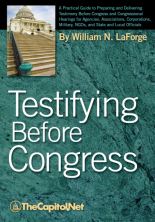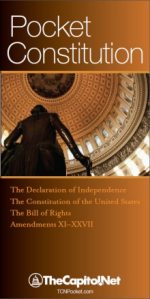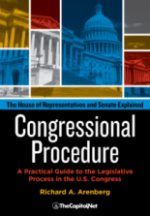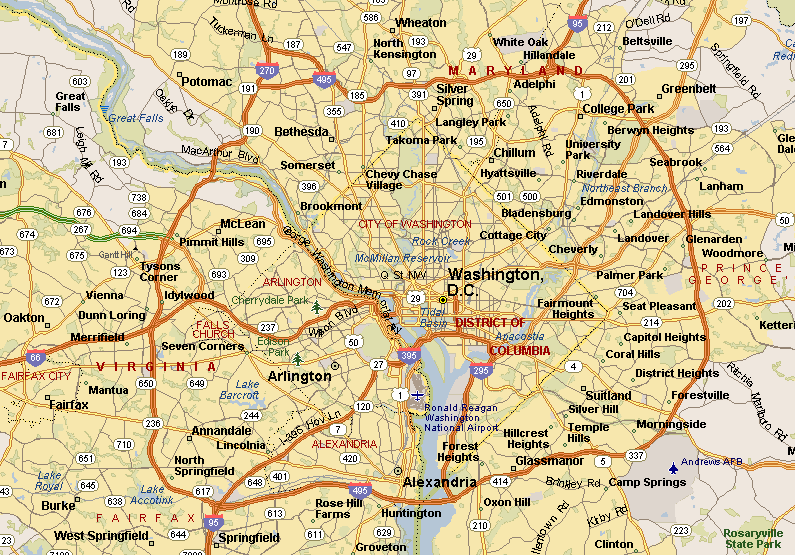Visiting Washington, DC Maps and Directions
The "Capital Beltway" is a 64-mile Interstate Highway loop (I-495) around Washington, DC (WDC). Capitol Hill is approximately in the middle of the loop formed by the Beltway.
If you are driving to DC and are unfamiliar with the layout of the streets and highways in Washington DC, it is best to have a good GPS, map on your phone, or, better, a knowledgeable navigator in the front passenger seat. The highways and streets can be very confusing, combined with numerous one-way streets, angled streets, roundabouts, and multiple interchanges, and lots-o-traffic and drivers from all over the country and the world. PS. Parking in DC is a major hassle.
See our Visiting Washington, DC page and How to Get Into, Around, and Out Of Washington, DC page.
Also see “Surviving DC traffic: A satirical guide to navigating the nation’s capital,” by Dave Dildine, WTOP traffic reporter
According to the Urban Dictionary, inside the Beltway is a metonym meaning "A politician, lobbyist, or other person who is politically isolated from the rest of the country, due to the royal court type environment of Washington, DC" inside the Beltway. Being inside the Beltway often leads to Potomac fever, another metonym, according to the Urban Dictionary meaning "A disease peculiar to the greater Washington, DC, metropolitan area that presents chiefly as an intense desire in the infected to be associated with the power and prestige of the United States Federal Government, particularly the Executive Branch. Associated symptoms include acts of extreme obsequiousness to those in power or likely to be in power; asserting as fact things one knows or suspects not to be true; and a burning desire to do more work for less pay."
The Capitol is at the center of the Beltway, although some claim that the Zero Milestone is the center. Congress, which meets at the Capitol, was established as the first branch of government by Article I of the U.S. Constitution.
The inner suburbs of Virginia (Arlington, Alexandria, Falls Church, Bailey's Crossroads, McLean, parts of Fairfax County) and Maryland (Chevy Chase, Suitland, Bladensburg, Hyattsville, Takoma Park, College Park, Suitland, Seat Pleasant, Bethesda, and part of Silver Spring) are located inside the Beltway.
(Also see these items from the Congressional Glossary: A Note About Usage; "Congress”; Capitol; K Street; Pennsylvania Avenue.)
The major north-south highway in WDC is Interstate 95 (I-95). Other major highways into the area are Interstate 270 (connecting to I-76/I-70 to the north) and Interstate 66 (I-66) from the west.
The Beltway, Interstate 495, surrounds the Washington DC area. If you are unfamiliar with the Beltway, you should be familiar with the names of your entry point and your exit point. The Beltway has on outer ring (counterclockwise) and an inner ring (clockwise), and connects to Interstate 66 on the west (Port Royal), Interstate 95/395 on the south (Richmond), Interstate 95 on the north (Baltimore/New York), and Interstate 270 on the northwest (Gaithersburg).
The two Beltway bridges crossing the Potomac River are the American Legion Memorial Bridge (between McLean, VA and Cabin John, MD) and the Woodrow Wilson Bridge (between Alexandria, VA, and Oxon Hill, MD).
Interstate 95 is contiguous with Interstate 495 on the east side of the Beltway between approximately Springfield, VA on the south (Exit 170) (Alexandria, VA, crossing from VA into MD across the Potomac River via the Wilson Bridge, Andrews Air Force Base, and College Park, MD) and Hillendale, MD on the north (Exit 25).
Also see
- Bridges in Washington, DC – Wikipedia
- George Washington Memorial Parkway – Wikipedia
- Inside the Beltway – Wikipedia
- Interstate 495 (Capital Beltway) – Wikipedia
- Rock Creek and Potomac Parkway – Wikipedia
^
NORTH
Click map for an interactive map from Google
Click here for a schematic map of the beltway on Wikipedia
Scale: Each side of the Washington, DC "diamond" is 10 miles.
Capital Beltway I-95 & I-495 South: Washington DC
14 -11 The Capital Beltway: I-495 in Virginia & More
Courses
- Congressional Operations Briefing – Capitol Hill Workshop
- Drafting Federal Legislation and Amendments
- Writing for Government and Business: Critical Thinking and Writing
- Custom Training
- “Preparing and Delivering Congressional Testimony and Oral Presentations” a Five-Course series on CD
- “Congress, the Legislative Process, and the Fundamentals of Lawmaking Series” a Nine-Course series on CD
Publications

Testifying Before Congress |

Pocket Constitution |

Citizen’s Handbook to Influencing Elected Officials: A Guide for Citizen Lobbyists and Grassroots Advocates |

Congressional Procedure |
CongressionalGlossary.com, from TheCapitol.Net
For more than 40 years, TheCapitol.Net and its predecessor, Congressional Quarterly Executive Conferences, have been teaching professionals from government, military, business, and NGOs about the dynamics and operations of the legislative and executive branches and how to work with them.
Our custom on-site and online training, publications, and audio courses include congressional operations, legislative and budget process, communication and advocacy, media and public relations, testifying before Congress, research skills, legislative drafting, critical thinking and writing, and more.
TheCapitol.Net is on the GSA Schedule, MAS, for custom on-site and online training. GSA Contract GS02F0192X
TheCapitol.Net is now owned by the Sunwater Institute.
Teaching how Washington and Congress work ™



